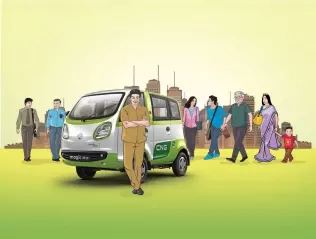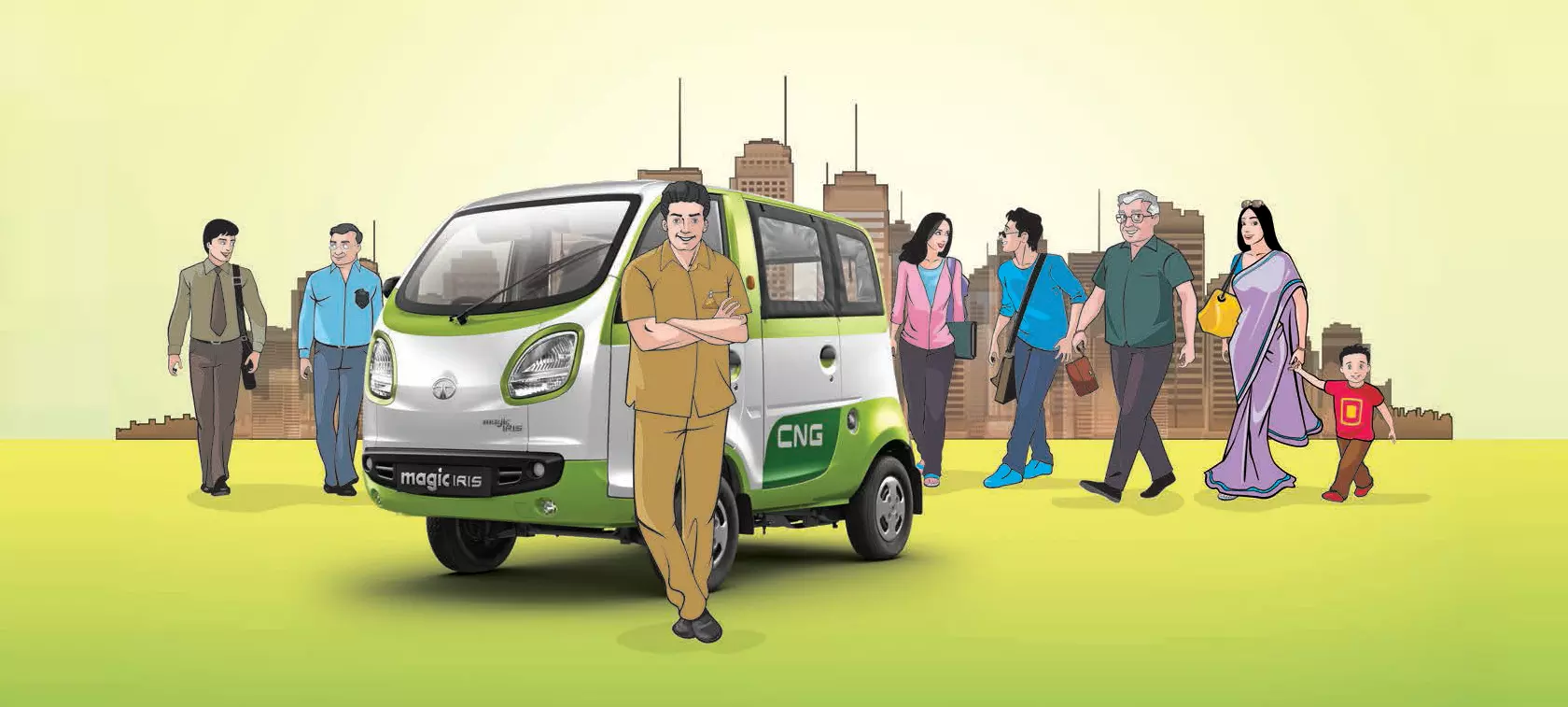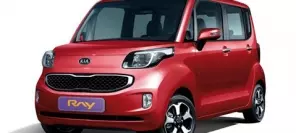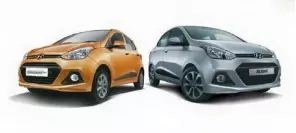- Main page
- Search
- Up to date
- Products
- Technology
- Vehicles
- Video
- Conversion Payback Simulator
Port Injection - Conversion Payback Simulator
Direct Injection - Conversion Payback Simulator
Diesel - Newsletter
Tata Magic Iris CNG - minimal
 loading results...
loading results... © Tata MotorsLooks like everyone’s happy that the Magic Iris is now available in a CNG-powered version!
© Tata MotorsLooks like everyone’s happy that the Magic Iris is now available in a CNG-powered version!It’s not a secret that there are still countries where owning a car is a luxury available to few. One of those countries is India. Although more and more people decide to switch from motorbikes to cars there, they usually choose the simplest and cheapest models available. One of those is Tata Magic Iris – a car that stands in the automotive evolution chain somewhere near a three-wheel moto-rickshaws. Iris is so simple that it’s actually hard to believe what arguments are used by the manufacturer for advertising its equipment.
The message is clear: Iris is supposed to provide an alternative for motorbike-related tuk-tuks. How else would you explain mentioning a car-style steering wheel (a round one), pedals or manual shift lever among the vehicle’s advantages? Not to mention the roof and windows. At the same time it’s worth saying that not all windows have glass – the side ones and the rear one have removable panels made of fabric similar to the one used for the roofs of convertibles with windows made of transparent plastic. But it’s important that we can find a CNG system on the list of optional equipment.
Does it even make any sense to convert to CNG a car that has a one-cylinder, 11-horsepower engine with a breathtaking (in a sense…) torque of 31 Nm? It probably does in India, where every way of reducing maintenance costs is good, especially if the vehicle is supposed to be used to earn some as a taxi, for example. Contrary to what you may think looking at its size, it’s able to take 5 people aboard (which is admirable for a car that’s 2.96 m long) and some luggage as well. This increases the car’s total mass by about 50% (empty car weighs 805 kg). What other car has such payload (at least in percentage terms)?
What’s interesting, the engine powered by CNG reaches as much as 13.2 hp (with numbers like these it’s worth mentioning even this 0.2 hp) and 39 Nm. After all, it’s an increase of – respectively – 20 and 25,8%! The CNG tank holds up to 8 kg which is approx. 10.7 m3 of fuel. This is supposed to be enough for driving for 220 km, which means that fuel consumption should be about 4.8-4.9 m3/100 km. We must admit this doesn’t impress us that much, neither do potential running costs in Polish reality: about 16 PLN (approx. 4 EUR) per 100 km (with the price of CNG at the level of 3.36 PLN/m3 in Poland). Nothing special for a road microbe with a small engine of 611 cm3. But India is not Poland – they’re not so picky over there. This also applies to the warranty provided by the manufacturer for a one year period with a mileage of up to 36 thousand kilometers.
Maybe we should focus on its advantages? Tata Magic Iris CNG is equipped with gas injection system (it must be of course a single point injection), and its fuel tank – though modest – has, according to the manufacturer, a capacity larger than the three-wheeled vehicle by ¾. Even its tiny torque is supposed to be “the best in its class”, but what class are we actually talking about? We also have an engine that’s easily accessible and simple to use. We admit it might be a hit on the domestic market. What about other countries? It’s quite possible that your only chance to have anything in common with this interesting vehicle was by reading this article.
You may also find these interesting:
 loading results...
loading results...








